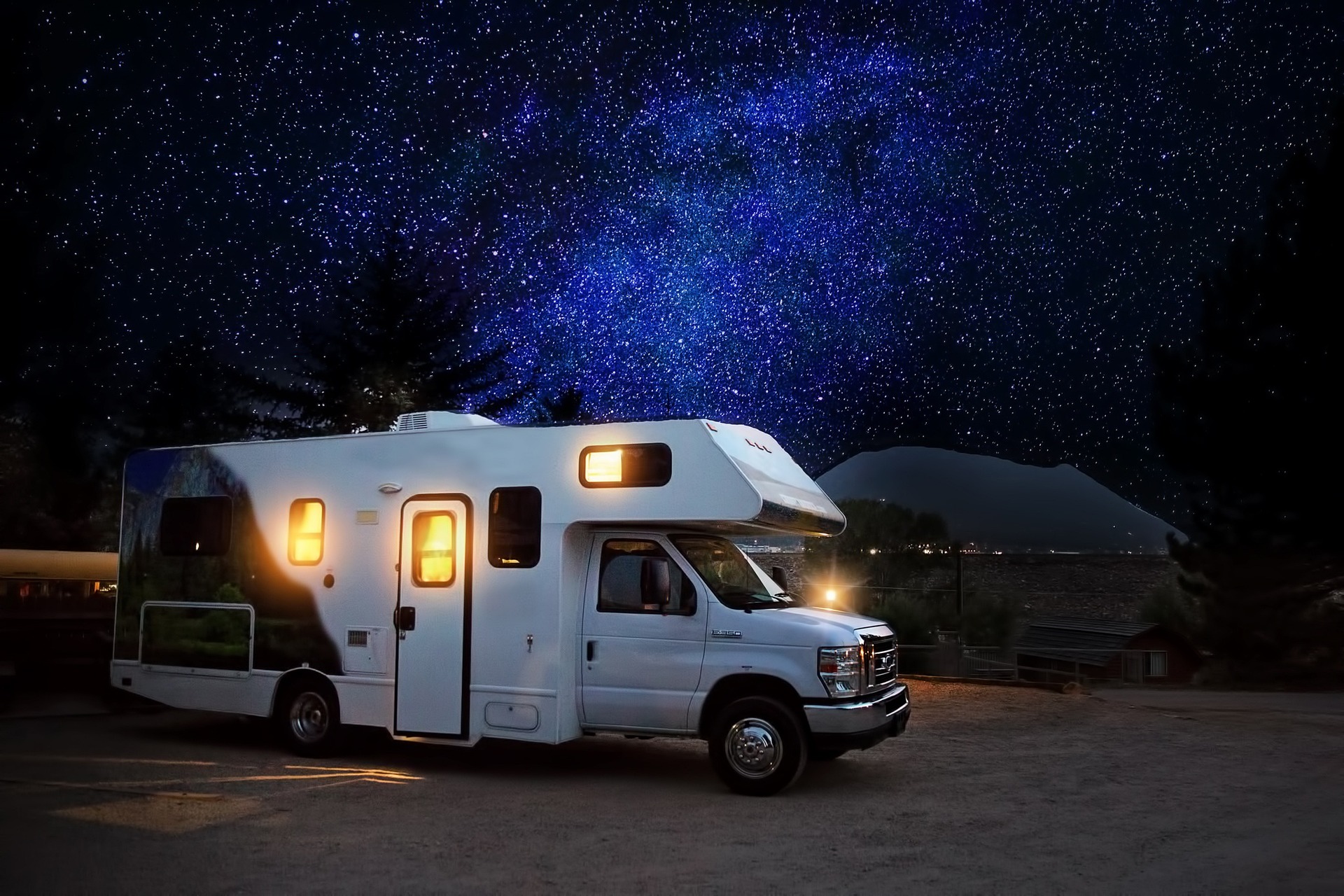What Are the Different Types of Trailers?

There are two types of trailers – a Curtainside trailer and a Flatbed trailer. These trailers are used for different purposes, and each has its features. They are also known as dry vans, lowboys, and specialty trailers.
Dry van
Generally, a dry van and trailer are semi-trailers encased on all sides. These trailers are used to transport palletized freight and machinery. They also move household goods, non-perishable foods, and building materials.
Dry vans are designed to transport non-temperature-sensitive goods, such as furniture, clothing, electronics, and building materials. The weight of these goods can be concentrated in one area, which can damage the goods. Dry vans also offer protection from bad weather, spills, and theft.
A dry van and trailer can accommodate up to 45,000 pounds of freight. The capacity depends on the size and weight of the trailer. A standard dry van trailer is 53 feet long. Specialty dry van sizes are available, including 48 feet and 28 feet.
Flatbed
Whether it is the oil and gas industry or simply a farmer hauling heavy equipment, flatbed trailers are indispensable. Aside from the ability to transport heavy equipment, they have plenty of room to maneuver. Choosing the right flatbed for your hauling needs will depend on the type of freight you plan on shipping.
Flatbeds are usually made from heavy-duty steel and are available in various sizes. Depending on your needs, you can choose a 40ft, 48ft, 53ft, or even 20ft extended trailer.
Some flatbed trailers have more than one axle, but the standard flatbed trailer has 48 feet of space. Consider looking into extendable flatbeds if you need to load cargo longer than 48 feet. Often referred to as flatbed stretch trailers, these can be extended with as many as 20 axles.
Specialty
Using a specialty trailer can make transporting heavy equipment a breeze. These are not limited to construction vehicles but can be used for hauling anything from a skid steer to a sizeable commercial digger. These trailers come in all shapes and sizes, from heavy-duty to light-duty. They are outfitted with a metal deck, gooseneck connections, or a combination. They are also an excellent way to save space.
The best way to figure out the best trailer for you is to get in touch with a local trailer dealer, like reaching job site trailers Richmond OH, and finding out what they offer. Some trailer manufacturers also offer custom designs and customization options.
Curtainside
Using curtain-side trailers to transport your loads can be beneficial in many ways. Aside from the increased accessibility they provide, these trailers offer weather protection, improved load safety, and are much lighter than traditional flatbed trailers. However, there are several important considerations to keep in mind when deciding which type of trailer to use.
Curtainsider(r) Systems provide the most simple and unobstructed side loading for bulky loads. They are also ideal for mixed-return loads. They can be fitted with hydraulic lift gates and truck-mounted forklifts.
Curtainside trailers are generally made of durable PVC-coated vinyl curtains. The curtains hang from the roof on either side of the trailer, creating a protective barrier around your load. These curtains are retractable for loading and unloading. They are also available in refrigerated models for perishable goods.
Lowboy
Whether you need to move a large load or just some heavy equipment, a lowboy and lowboy trailer can be an excellent option. These trailers can be loaded from the front, back, or sides. You need to choose the right one for your needs. A lowboy trailer is a significant investment, so you’ll want to make sure you pick the right one. The wrong choice can result in downtime and damage to your cargo.
The best lowboy trailer for your business will depend on the weight of your cargo and your expected usage. You’ll also want to consider maintenance costs and price. There are two main types of lowboy trailers, and your choice will depend on the features you need.
Tarp-on-frame
Typically used on flatbed trailers, tarp-on-frame systems provide a sheltered load from the elements. The tarpaulin forms the top and sides of the trailer bed and is attached to a metal framework.
While tarp-on-frame systems are the most common type of trailer, other models are available. These include side kits and gooseneck trailers.
Side kits are the least expensive tarping option for flatbed trailers. They are made from plywood, fiberglass, or aluminum. They weigh 800 to 900 pounds and cost $3300. They also allow the driver to load and unload materials from all trailer sides. This makes tarping and untarring a load faster and less messy.